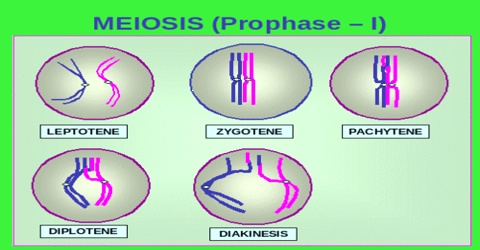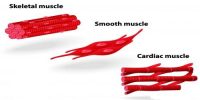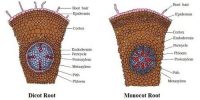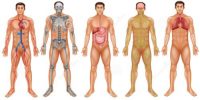Leptotene Stage of Meiosis in Plants
Leptotene is the stage of meiosis in which the chromosomes are threadlike in shape. At the leptotene stage the chromosomes become visible as long, thin threads. It is the first phase of Prophase I of meiosis I where the chromosomes appear to be a thin thread-like structure. It is the first of five substages of prophase I in meiosis. At pachytene, the pair, the corresponding portions of the two chromosomes lying side by side. A cell destined to become a gamete enters the leptotene stage after its chromosomes are duplicated during interphase. The chromosomes then duplicate and contract. During this stage, the chromosomes join themselves by their ends to the inner membrane of the nuclear envelope. During the leptotene stage those duplicated chromosomes—each consisting of two sister chromatids—condense from diffuse chromatin into long, thin strands that are more visible within the nucleoplasm. The next stage of prophase I in meiosis is the zygotene stage.
At the transition to the zygotene stage, the telomeres usually aggregate at a nuclear envelope sector, thereby forming a meiotic bouquet. Lateral (axial) elements of the synaptonemal complex are also formed. It is the first stage of Prophase 1 in Meiosis 1.
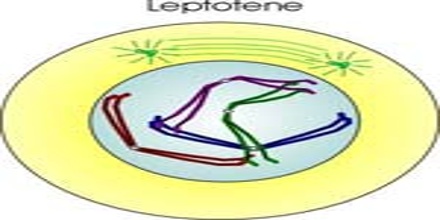
Leptotene is the chromosomes begin to condense and are attached to the nuclear membrane via their telomeres. It is the first sub-stage of prophase I of meiosis I in which the chromosomes at this stage are characteristically threadlike in form. In the first stage of prophase I, chromosomes begin to condense. And in each chromosome, chromomeres (i.e. serially aligned beads or granules resulting from local coiling of a continuous DNA thread) can be seen. The changes of this sub-phase are as follows;
(i) Leptotene is the first sub-stage and it is when the replicated chromosomes start to condense into long strands inside the nucleus. Dehydration of the nucleus is started.
(ii) As a result of dehydration, the chromosomes start becoming short and thick (due to coiling) and have pigment bearing capacity
(iii) Numerous chromomeres are found in the chromosomes. Each chromosome is in a haploid state and consists of two sister chromatids. The sister chromatids appear to be a single strand since they are visually indistinguishable from each other.
(iv) Dehydration and chromosome coiling go on continuously. The chromosomes at this stage are threadlike.
(v) Homologous regions within homologous chromosome pairs begin to associate with each other. The sister chromatids that make up the chromosome are so closely associated together at this point.
